🥥 Cracking the Truth About Coconut: Is It Really a Sustainable Superstar?
- Bonita Labuschagne
- Jul 22
- 3 min read
Let’s talk coconuts. Not the beachy cocktail kind (though we love those too)—we’re diving into coconut as a material for promotional products. Think cutlery, power banks, chopsticks, and more.
Yep, coconuts are no longer just a tropical treat. They’ve found their way into the world of eco-products—and they’re making waves.
But… are they really sustainable? Or is it just another case of good marketing wrapped in a biodegradable bow?
Let’s crack it open. 🥥
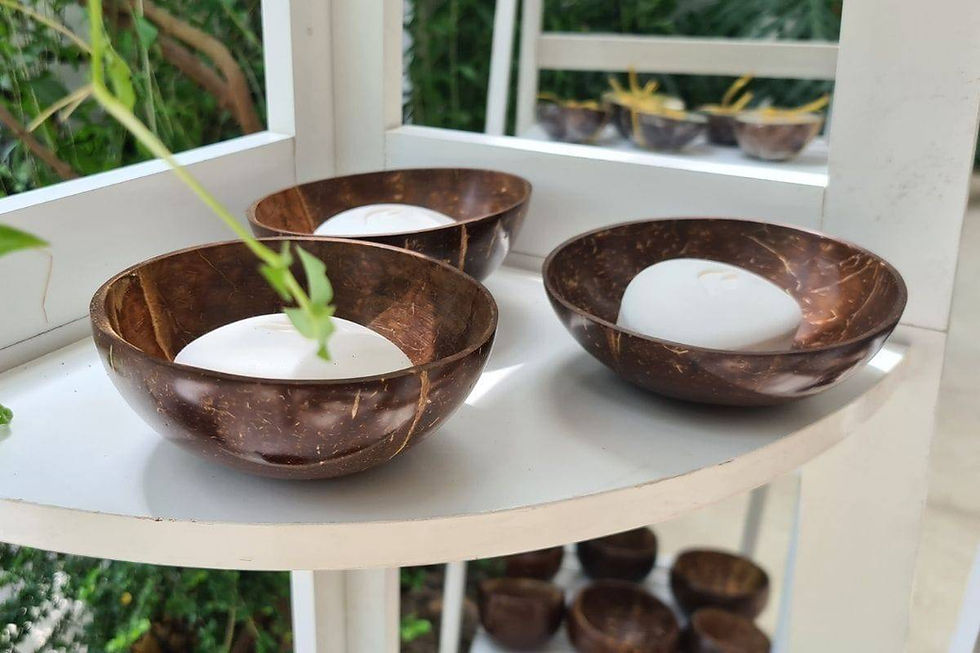
🌴 What’s the Deal with Coconut Material?
Coconut material is made from the shell, husk, and sometimes the fibres of the coconut fruit. These parts are often left over after the juicy stuff is used for food, drink, and cosmetics—so instead of going to waste, they’re getting a second life in product design.
Think of it as coconut upcycling. Waste not, want not!
These discarded bits can be:
✅ Ground into fine powder and mixed with resin to form durable products
✅ Pressed into flat sheets and moulded into shape
✅ Combined with other bio-materials (like wheat straw or bamboo) to create even stronger composites
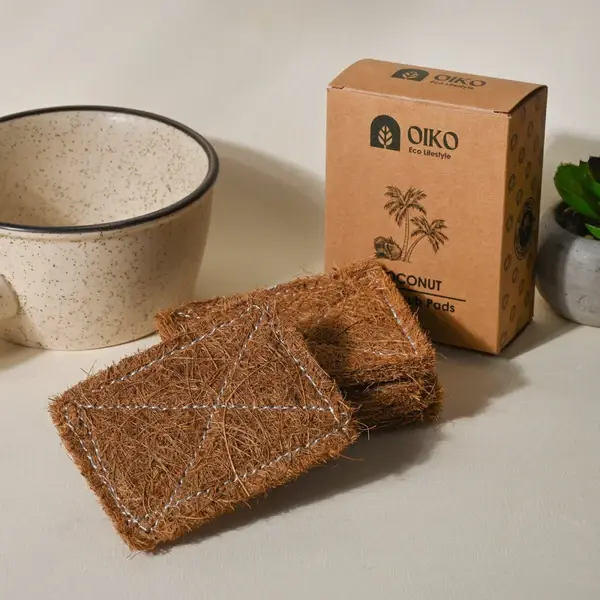
♻️ Is Coconut Actually Sustainable?
Short answer: Yes… mostly. But let’s break it down.
✅ The good stuff:
Renewable resource: Coconut palms produce fruit year-round
Waste-to-resource magic: Using discarded husks and shells helps reduce agricultural waste
Biodegradable (sometimes): Pure coconut shell products can break down naturally over time
No extra water or land: We’re using leftovers, not farming coconuts just to make a fork
⚠️ Things to watch:
Not all coconut materials are 100% biodegradable—some use binding agents or plastics
Transporting coconuts long distances = carbon emissions (it’s mostly grown in tropical regions)
Just like anything, sustainability depends on how it’s made and where it comes from
So, while coconut isn’t perfect (nothing is), it’s a strong step up from plastic and a creative way to reuse natural materials.
🌏 Who’s Leading the Coconut Craze?
Drumroll, please… 🥁
The Philippines is the world’s top coconut producer, followed closely by Indonesia, India, and Sri Lanka. These countries don’t just grow coconuts—they live and breathe them.
From coconut oil and water to rope, charcoal, bowls, and beauty products, coconut is life.
In fact, in many coastal areas, every single part of the coconut gets used. That’s circular thinking at its finest!
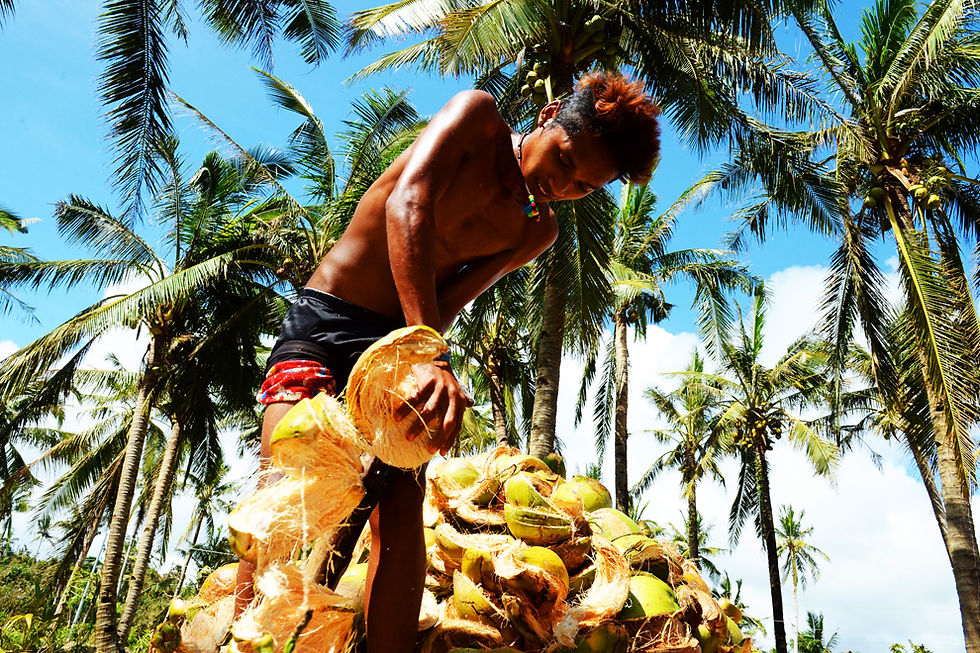
📦 What Can Be Made From Coconut?
So. Many. Things.
Here are some cool coconut-based promotional products that are turning heads (and sparking eco conversations):
🥢 Coconut shell chopsticks
🥄 Reusable cutlery sets
🔋 Stylish power banks with a coconut shell casing
☕ Eco mugs, bowls, and trays made from compressed husk
✏️ Even pens with coconut fibre bodies
These products are not just planet-friendlier—they’re also gorgeous. Think natural textures, earthy tones, and a story your customers will want to share.
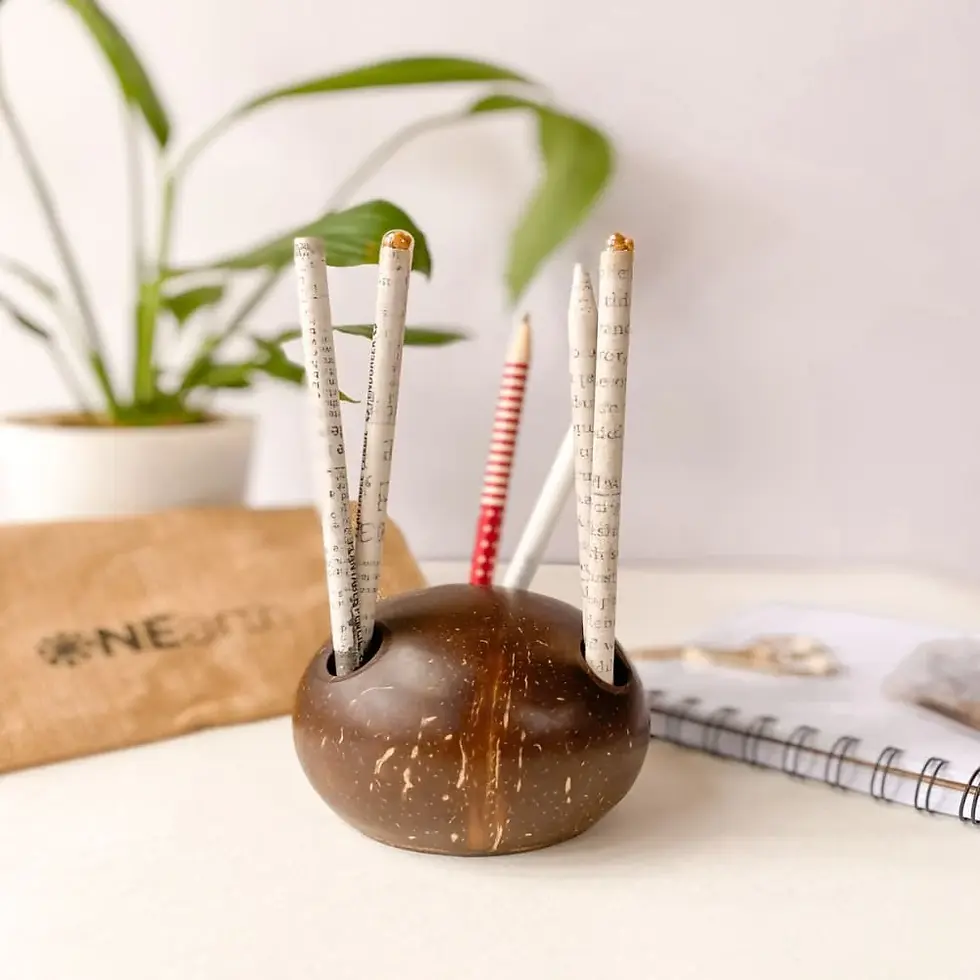
🌟 Fun Coconut Facts (Because Why Not?)
Coconuts aren’t technically nuts. They’re a type of fruit called a drupe.
The coconut tree is called the “Tree of Life” in many cultures—because it provides food, drink, shelter, fuel, and tools.
Coconut shells can be turned into activated charcoal, which is used in water filters and even skincare.
The word “coconut” comes from the old Portuguese word “coco” meaning “grinning face”—because of the three holes in the shell. (Now you’ll never unsee it.)
Coconut-based products are more than a trend—they’re a clever use of nature’s leftovers. When sourced responsibly, they offer a low-waste, feel-good alternative to single-use plastics or energy-heavy materials.
So the next time you’re picking a promo product, don’t be afraid to go coconuts. 😉
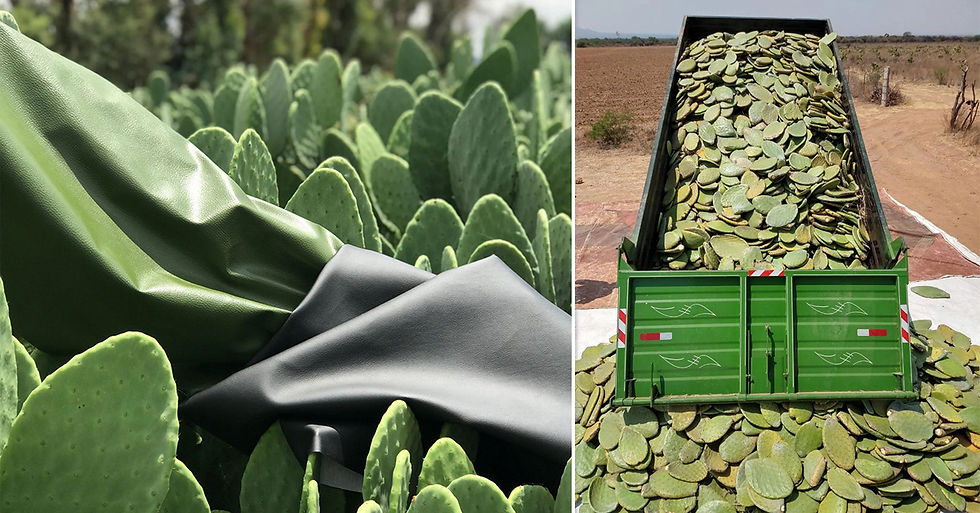

Comments